Digital design is an ever-evolving field that requires designers to stay up-to-date with the latest trends and technologies. As we approach 2025, the digital design landscape is expected to undergo significant changes that will shape the way we interact with digital products and services. From advancements in responsive design to the rise of augmented reality, there are several key trends that designers should keep on their radar.
One of the most significant trends in digital design is the evolution of user interface design. With the increasing popularity of mobile devices and the rise of new technologies such as voice assistants and smart speakers, designers must find new ways to create intuitive and engaging interfaces that work seamlessly across different devices and platforms. Additionally, advancements in responsive design are allowing designers to create more flexible and adaptable layouts that can adjust to different screen sizes and resolutions.
Another important trend in digital design is the use of typography and readability. As digital content continues to grow in popularity, designers must find new ways to make their content stand out and be easily digestible. This includes using clear and legible typography, as well as incorporating visual elements such as images and icons to help break up large blocks of text.
Key Takeaways
- Digital design is an ever-evolving field that requires designers to stay up-to-date with the latest trends and technologies.
- The evolution of user interface design and advancements in responsive design are key trends to watch in 2025.
- Typography and readability are also important considerations for designers looking to create engaging and accessible digital content.
Evolution of User Interface Design
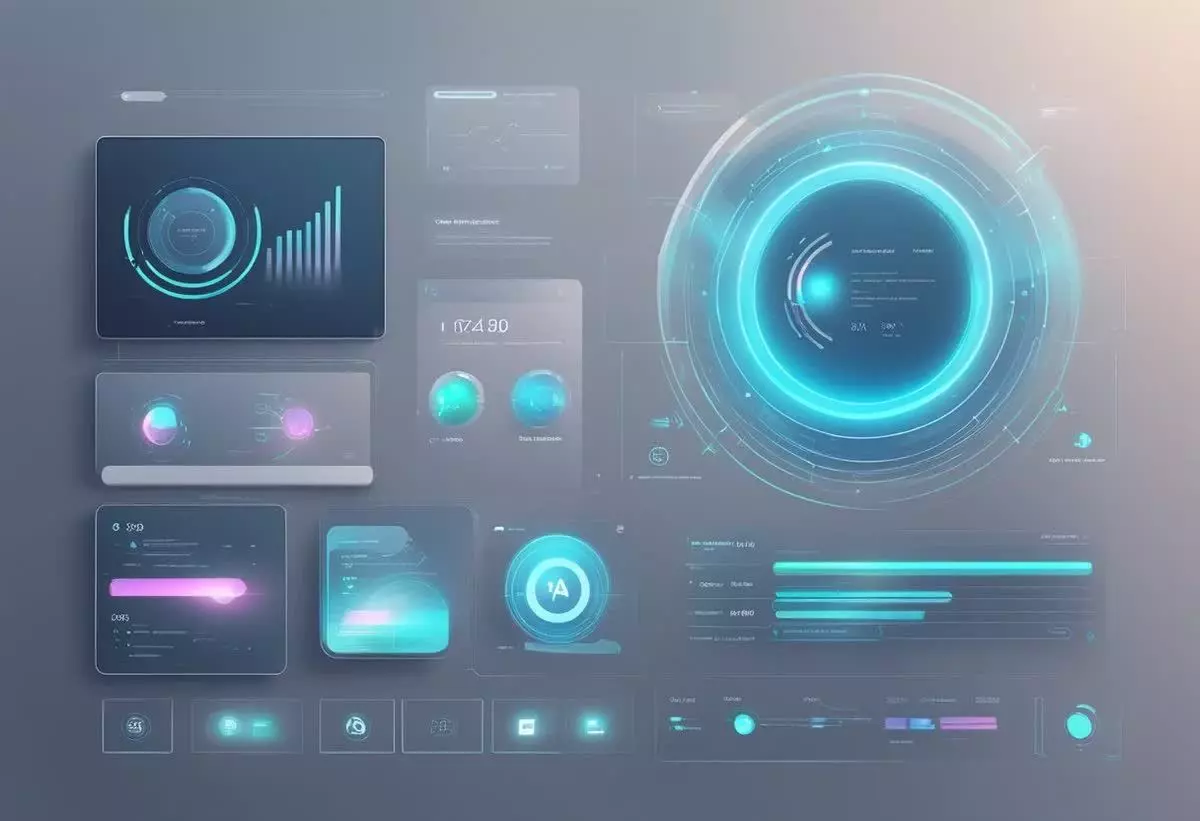
Minimalism and Maximalism
Minimalism has been a popular trend in UI design for several years now, and it shows no signs of slowing down. Minimalist design is all about simplicity, using only the necessary elements to create a clean and uncluttered interface. However, in recent years, there has also been a rise in maximalism, which is the opposite of minimalism. Maximalist design is all about using bold, vibrant colours, and multiple design elements to create an eye-catching and unique interface.
Dark Mode and Color Psychology
Dark mode has become one of the most popular UI design trends in recent years. Reputed brands like WhatsApp, Instagram, Facebook, and Apple are leveraging dark mode to improve the design aesthetics of their apps and websites. Dark mode is not only aesthetically pleasing, but it also reduces eye strain and improves battery life on devices with OLED screens. Additionally, colour psychology is becoming increasingly important in UI design. Designers are using colour to evoke emotions and create a unique brand identity.
Voice-Activated Interfaces
Voice-activated interfaces are becoming more prevalent in UI design. With the rise of smart speakers and virtual assistants, users are becoming more comfortable with using voice commands to interact with technology. Voice-activated interfaces can be used to control smart homes, order food, and even search the web. Designers are incorporating voice-activated interfaces into their designs to create a more seamless and intuitive user experience.
3D Elements and Immersive Experiences
In 2025, the design community is embracing spatial interfaces with open arms, fundamentally transforming the way users engage with digital content. Spatial interfaces, fueled by augmented and virtual reality technologies, introduce an immersive, three-dimensional environment that transcends the limitations of traditional screens. Designers are incorporating 3D elements and immersive experiences into their designs to create a more engaging and interactive user experience.
Overall, these trends are expected to shape the future of UI design in 2025 and beyond. By incorporating these trends into their designs, designers can create interfaces that are not only aesthetically pleasing but also intuitive and engaging for users.
Advancements in Responsive Design
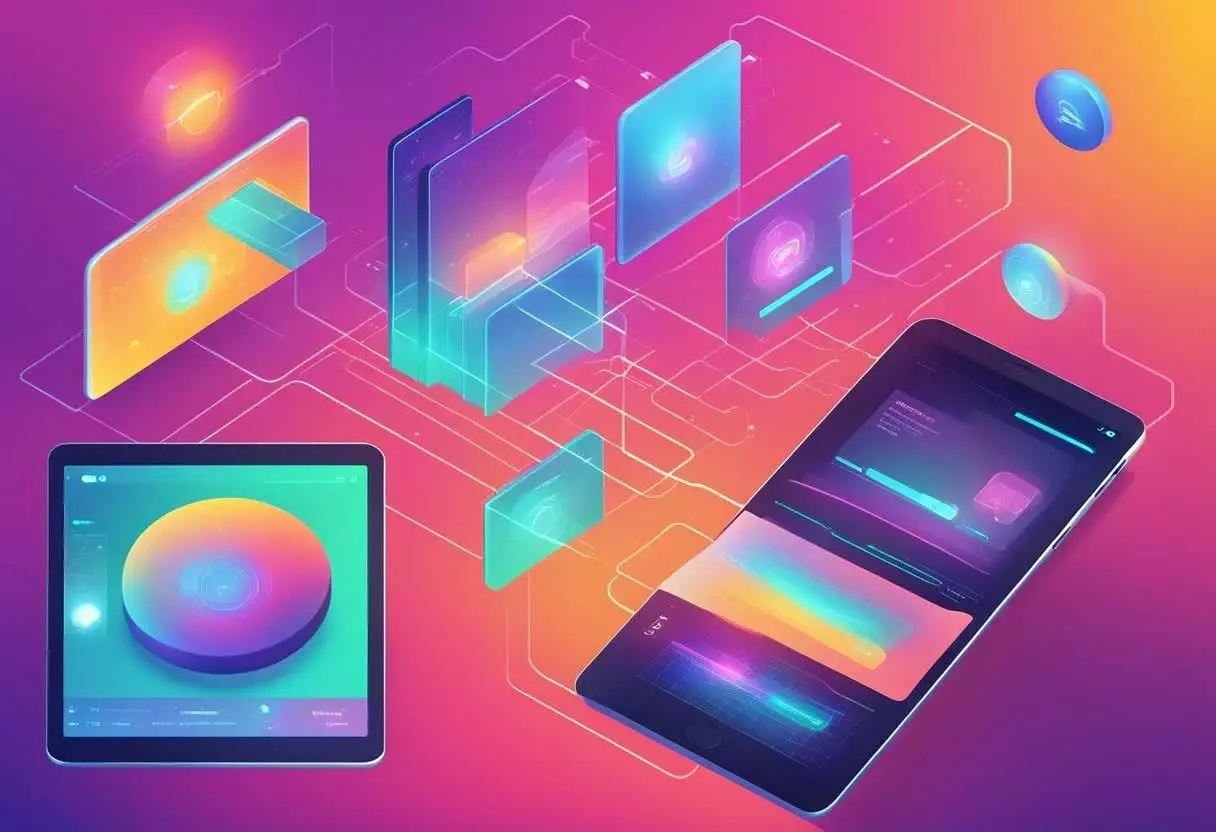
Artificial Intelligence and Adaptive Layouts
One of the most significant advancements in responsive design is the use of artificial intelligence (AI) to create adaptive layouts. AI algorithms can analyze user behaviour and adjust the layout of a website to provide a more personalized experience. For example, if a user is accessing a website on a mobile device, the AI algorithm can adjust the layout to make it easier to navigate with a smaller screen. This will improve the user experience and increase engagement.
Cross-Device Compatibility
Another important aspect of responsive design is cross-device compatibility. In 2025, designers will need to ensure that their websites are accessible across all devices, from smartphones to desktops. This means that websites will need to be optimized for different screen sizes and resolutions. Designers will also need to consider the different ways that users interact with websites on different devices. For example, users may prefer to scroll on a mobile device, while they may prefer to click on a desktop.
To achieve cross-device compatibility, designers will need to use responsive design techniques such as flexible grids, fluid images, and media queries. These techniques will allow designers to create websites that can adapt to different devices and provide a consistent user experience.
In summary, advancements in responsive design will play a significant role in the digital design trends of 2025. With the use of AI and cross-device compatibility, designers will be able to create websites that are both functional and visually appealing across all devices.
Typography and Readability
Dynamic Typography
In 2025, dynamic typography will be a key trend in digital design. Dynamic typography refers to the use of typography to create a sense of motion and energy on a webpage or digital platform. This can be achieved through the use of animated typography, variable fonts, and other techniques that create a sense of movement and change.
One of the benefits of dynamic typography is that it can help to capture the attention of users and keep them engaged with a website or app. However, it is important to use dynamic typography in a way that is not overwhelming or distracting. Designers should aim to strike a balance between dynamic typography and readability, ensuring that the text remains clear and easy to read.
Accessible Fonts for Inclusivity
Inclusivity is a key consideration in digital design, and this extends to the choice of fonts. In 2025, designers will need to pay greater attention to the accessibility of fonts, ensuring that they are easy to read for users with different visual impairments.
One way to achieve this is by using accessible fonts that have been specifically designed for people with visual impairments. These fonts are typically more legible and easier to read at small sizes, making them ideal for use on mobile devices.
In addition to using accessible fonts, designers should also pay attention to other factors that can impact readability, such as font size, line spacing, and contrast. By taking a holistic approach to typography and readability, designers can create digital experiences that are inclusive and accessible to all users.
Animation and Microinteractions
Purposeful Animations
Animations have been a popular design trend for years, but in 2025, designers will focus on creating purposeful animations that serve a specific function. Purposeful animations can help guide users through a website or app, draw attention to important information, and provide feedback on user actions.
Designers will also focus on creating animations that enhance the user experience without being distracting or overwhelming. This means that animations will be simple, subtle, and seamlessly integrated into the overall design.
Engaging Microinteractions
Microinteractions are small interactions that occur within an app or website, such as a button changing colour when it is clicked. In 2025, designers will focus on creating engaging micro-interactions that enhance the user experience and make the design feel more interactive.
One trend in micro-interactions is the use of haptic feedback, which provides a physical response to user actions. For example, a user might feel a slight vibration when they tap a button or scroll through a list.
Another trend is the use of personalized micro-interactions that are tailored to the user’s preferences and behaviour. For example, a music streaming app might use micro-interactions to suggest new songs based on the user’s listening history.
Overall, purposeful animations and engaging micro-interactions will be important design trends in 2025 as designers seek to create more interactive and user-friendly designs.
Augmented Reality (AR) and Virtual Reality (VR)
 AR in Everyday Design
AR in Everyday Design
The use of Augmented Reality (AR) in everyday design has been on the rise, and it is expected to continue to grow in 2025. AR technology allows designers to create interactive and engaging experiences for users by overlaying digital content onto the real world. In the realm of digital design, AR can be used to enhance product packaging, create interactive advertisements, and even provide users with virtual try-on experiences.
AR technology has already been used by companies such as IKEA, which allows customers to see how furniture will look in their homes before making a purchase. In 2025, we can expect to see more companies incorporating AR into their everyday design to provide users with more immersive and engaging experiences.
VR Beyond Gaming
Virtual Reality (VR) has primarily been associated with gaming, but it has the potential to revolutionize the way we design and interact with digital content. In 2025, we can expect to see more designers incorporating VR into their design process to create immersive experiences for users.
VR technology allows designers to create digital environments that users can explore in a more natural and intuitive way. This technology can be used to create virtual showrooms, provide users with immersive product demos, and even create virtual training experiences.
As VR technology continues to advance, we can expect to see more designers incorporating it into their everyday design process. In the future, we may even see VR technology being used to create entire virtual worlds for users to explore and interact with.
Overall, AR and VR technologies have the potential to revolutionize the way we design and interact with digital content. As these technologies continue to advance, we can expect to see more designers incorporating them into their everyday design process to create more immersive and engaging experiences for users.
Sustainability in Digital Design
As the world becomes increasingly environmentally conscious, sustainability has become a key consideration in digital design. In 2025, designers are expected to focus more on eco-friendly design practices and reducing digital carbon footprint.
Eco-Friendly Design Practices
Incorporating eco-friendly design practices in digital design can help reduce the impact on the environment. Designers are expected to use materials and processes that are environmentally friendly and promote sustainability. They can do this by using renewable energy sources, minimizing waste, and using recycled materials whenever possible.
One way designers can incorporate eco-friendly design practices is by using sustainable typography. Sustainable typography involves using fonts that require less ink and energy to print, reducing paper waste and energy consumption. Designers can also use colour palettes that are eco-friendly, using colours that are less harmful to the environment.
Reducing Digital Carbon Footprint
The digital industry is known for its high carbon footprint, with data centres and devices consuming significant amounts of energy. In 2025, designers are expected to focus on reducing digital carbon footprint by optimizing designs for energy efficiency.
Designers can reduce digital carbon footprint by optimizing the design for low energy consumption. This can be done by optimizing images and videos to reduce their size and using efficient coding practices. They can also use eco-friendly web hosting services that use renewable energy sources.
By incorporating eco-friendly design practices and reducing digital carbon footprint, designers can create sustainable digital designs that are environmentally friendly and promote sustainability.
Personalization and User-Centric Design
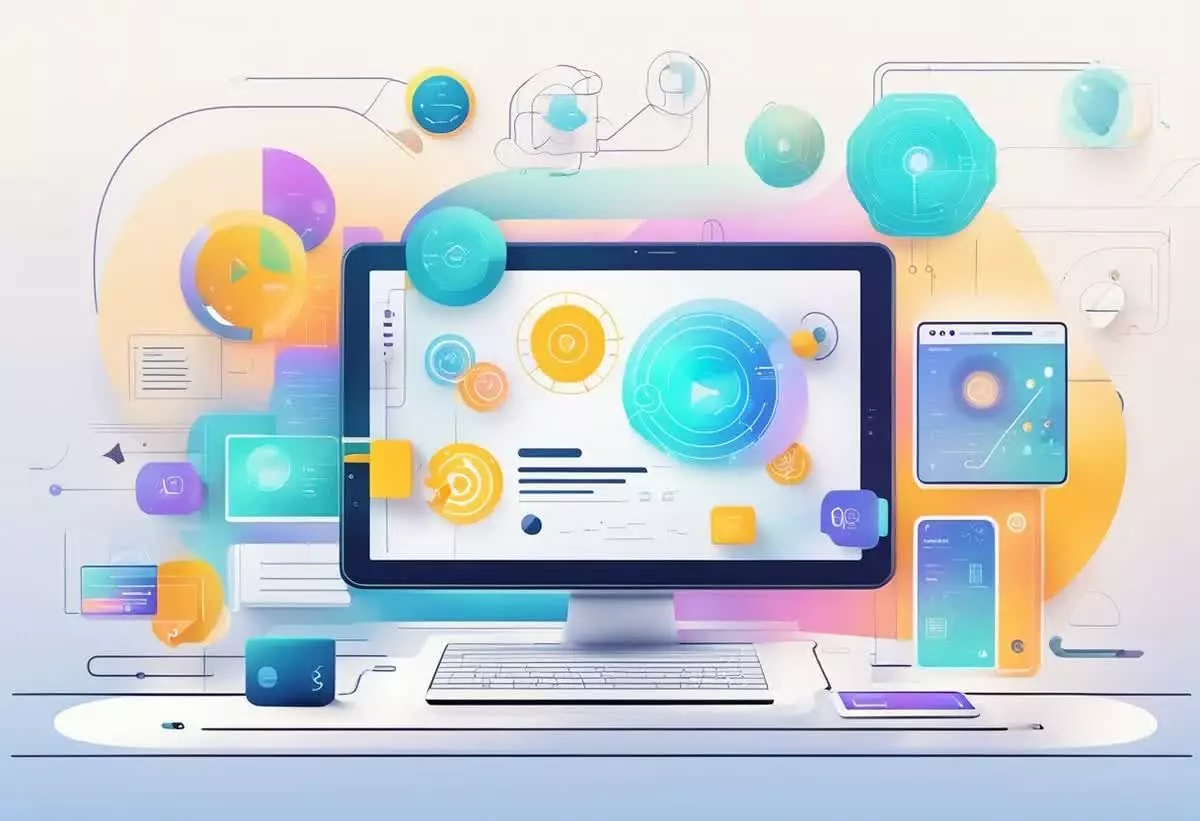
Data-Driven Personalization
Data-driven personalization will be a key component of digital design in 2025. Advanced AI algorithms will analyze user data to deliver highly personalized experiences. From tailored content recommendations to individualized user interfaces, personalization will extend beyond simple preferences, adapting interfaces in real time based on user behaviour and context.
To achieve this level of personalization, designers will need to work closely with data analysts to ensure that they have access to the data they need to create effective designs. They will also need to be skilled in using data visualization tools to interpret the data and identify patterns and trends.
Privacy-Centric Customization
As personalization becomes more prevalent, privacy concerns will also become more important. In 2025, users will expect businesses to be transparent about the data they collect and how it is used. Designers will need to create interfaces that allow users to control their own data and provide clear explanations of how their data is being used.
To achieve this, designers will need to work closely with privacy experts to ensure that their designs are compliant with all relevant regulations. They will also need to be skilled in creating interfaces that are easy to understand and use, so that users can make informed decisions about their data.
Overall, personalization and user-centric design will continue to be major trends in digital design in 2025. Designers who are able to create effective, data-driven designs that prioritize user privacy and control will be in high demand.
Cybersecurity in Design
As technology continues to evolve, cybersecurity becomes an increasingly important aspect of digital design. In 2025, designers will need to take proactive measures to protect user data and ensure trust in their products. This section will explore two key areas of cybersecurity in design: designing for trust and visual cues for security.
Designing for Trust
Designers will need to prioritize trust in their products by creating interfaces that are transparent and easy to understand. This includes providing clear information about data collection and usage, as well as implementing strong security measures to protect user data.
One way to achieve this is by using privacy-by-design principles, which involve integrating privacy and security considerations into every stage of the design process. This can include conducting privacy impact assessments, implementing data minimization techniques, and using secure coding practices.
Another important consideration is accessibility, as users with disabilities may have unique security needs. Designers should ensure that their products are accessible to all users, including those with visual impairments or other disabilities.
Visual Cues for Security
Visual cues can play an important role in communicating security information to users. In 2025, designers will need to use visual cues to help users understand the security features of their products and feel confident in their use.
One effective technique is the use of icons and symbols to represent security features such as encryption, two-factor authentication, and secure connections. These symbols should be easy to understand and consistent across different products and platforms.
Designers may also use colour to convey security information, such as using green to indicate a secure connection or red to indicate an error or potential security threat.
In conclusion, cybersecurity will be an important consideration for digital designers in 2025. By designing for trust and using visual cues to communicate security information, designers can help protect user data and build trust in their products.
Collaborative Tools and Workflows
Digital design is an ever-evolving field that requires teams to work together seamlessly. In 2025, collaborative tools and workflows will continue to be a crucial aspect of digital design. This section will explore two essential areas of digital design collaboration: real-time design collaboration and cloud-based design systems.
Real-Time Design Collaboration
Real-time design collaboration allows teams to work together in real-time, regardless of their physical location. This type of collaboration is essential for remote teams and can improve productivity by reducing the need for back-and-forth communication.
Tools such as Figma and Adobe XD have already integrated real-time collaboration features, and this trend is expected to continue in 2025. These tools allow designers to work on the same project simultaneously, giving them the ability to see changes in real time and provide feedback instantly.
Cloud-Based Design Systems
Cloud-based design systems are another critical aspect of digital design collaboration. These systems allow teams to work on the same project from anywhere in the world, as long as they have an internet connection.
In 2025, cloud-based design systems are expected to become more prevalent, allowing designers to access their work from any device. This will make it easier for teams to collaborate on projects and reduce the need for physical meetings.
Tools such as Sketch Cloud and InVision Design System Manager are already popular among designers, and they are expected to continue to improve in 2025. These tools allow designers to store and share design assets, collaborate on projects, and maintain brand consistency.
In conclusion, collaborative tools and workflows will continue to be a crucial aspect of digital design in 2025. Real-time design collaboration and cloud-based design systems will become more prevalent, making it easier for teams to work together seamlessly.
Conclusion
Digital design is constantly evolving, and 2025 is set to bring a fresh set of trends that will shape the future of the industry. Inclusivity and sustainability will remain at the forefront of design, with businesses embracing these values to create digital experiences that resonate with users.
One of the most significant trends in 2025 will be the use of immersive technologies such as virtual reality and augmented reality. These technologies will allow designers to create more engaging and interactive experiences for users, enhancing the overall user experience.
Simplicity will also be a key trend in 2025, with designers focusing on creating minimalistic designs that are easy to navigate and understand. This trend will be coupled with the use of bold typography and vibrant colours, creating designs that are both visually appealing and easy to read.
Finally, personalization will continue to be a driving force in digital design, with businesses using data to create tailored experiences for their users. This trend will be coupled with a focus on user-centric design principles, ensuring that designs are created with the user in mind.
Overall, 2025 promises to be an exciting year for digital design, with businesses embracing new technologies and design principles to create experiences that resonate with users. By staying up-to-date with the latest trends and embracing new technologies, businesses can stay ahead of the curve and create digital experiences that stand out in an increasingly competitive landscape.
Are You Prepared to Elevate Your Brand in the Digital Realm? Discover 2Stallions, Malaysia’s Premier Digital Creative Agency! Our Ensemble of Digital Virtuosos Awaits to Illuminate Your Brand’s Online Presence!
Frequently Asked Questions
What are the emerging web design trends for 2025?
The world of web design is constantly evolving, driven by advancements in technology and changing user preferences. Some of the emerging trends in web design for 2025 include the use of augmented reality, voice technology, and artificial intelligence. These technologies are expected to enhance user experience and engagement on websites.
Which graphic design styles will dominate in 2025?
As per the search results, there are a few graphic design styles that are expected to dominate in 2025. One of the styles is a revival of classically elegant design, which is in line with fashion’s penchant for quiet luxury. Another style is the use of bold and bright colours that evoke positive emotions and grab attention. Additionally, minimalist design is expected to continue to be popular in 2025.
What trends in social media design should we anticipate for 2025?
Social media is a constantly changing landscape, and businesses need to stay ahead of the curve. In 2025, social media design is expected to focus on creating more immersive experiences for users. This includes the use of augmented reality filters, interactive features, and personalized content.
How will visual identity trends shape brand strategies in 2025?
Visual identity is an important aspect of branding, and it’s expected to play an even bigger role in 2025. Brands are expected to focus on creating unique and memorable visual identities that stand out in a crowded market. This includes the use of bold typography, custom illustrations, and unique colour schemes.
What are the predicted trends for the creative industry in 2025?
The creative industry is expected to continue to grow in 2025, driven by the increasing demand for digital content and experiences. Some of the predicted trends for the industry include the use of artificial intelligence to enhance creativity, the rise of immersive experiences, and the increasing importance of user-generated content. Additionally, businesses are expected to focus on creating more sustainable and socially responsible content.
- Logo Design Trends in 2025: A Comprehensive Guide - 7 December 2023
- Digital Design Trends in 2025: What to Expect - 7 December 2023
 Singapore
Singapore  Singapore
Singapore Malaysia
Malaysia


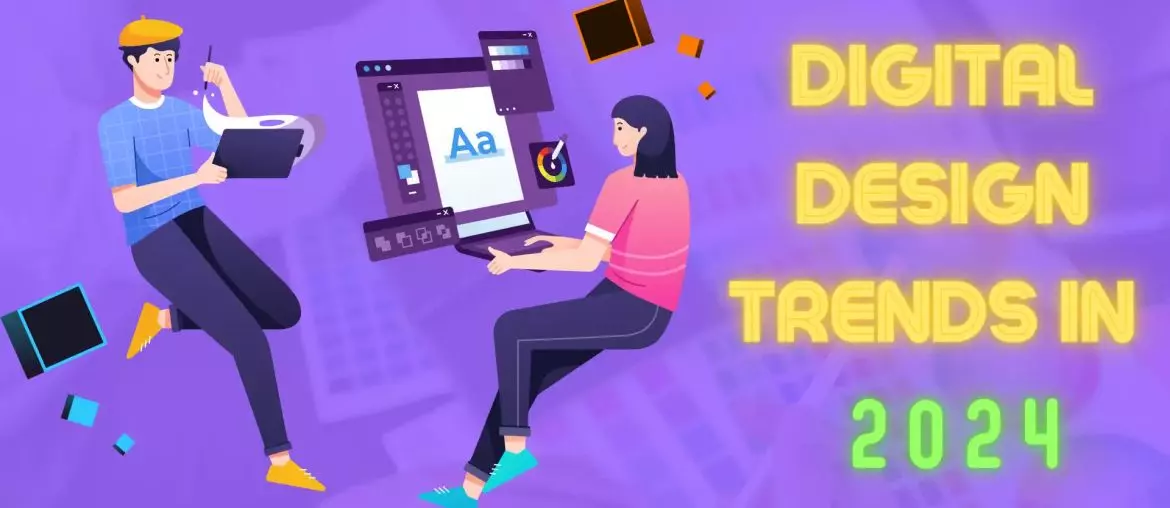
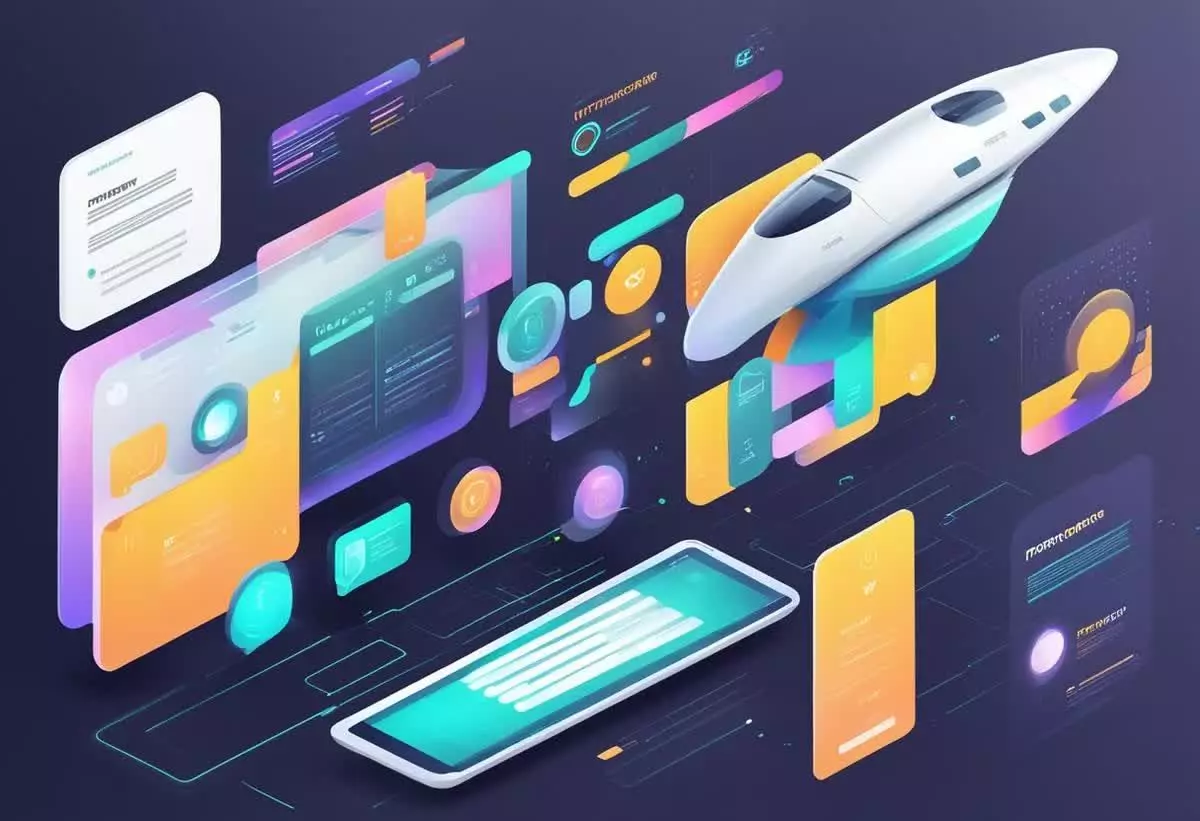
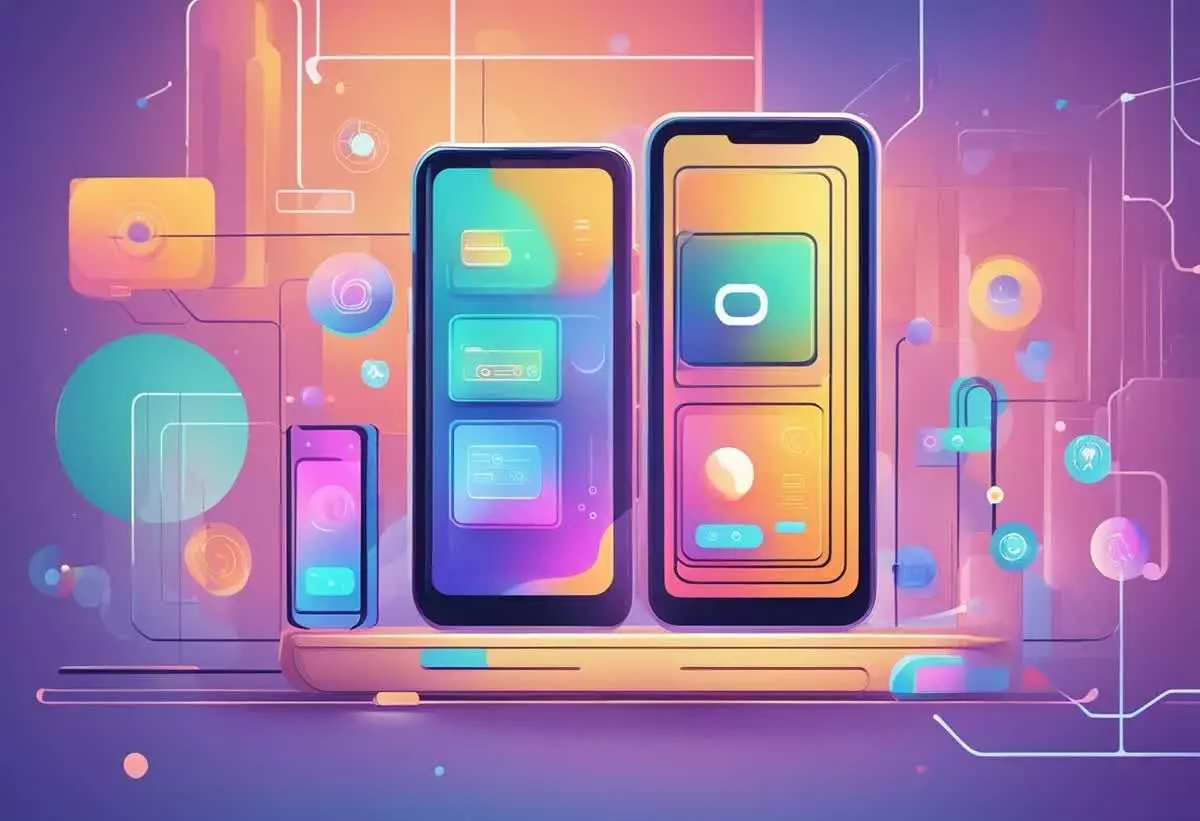
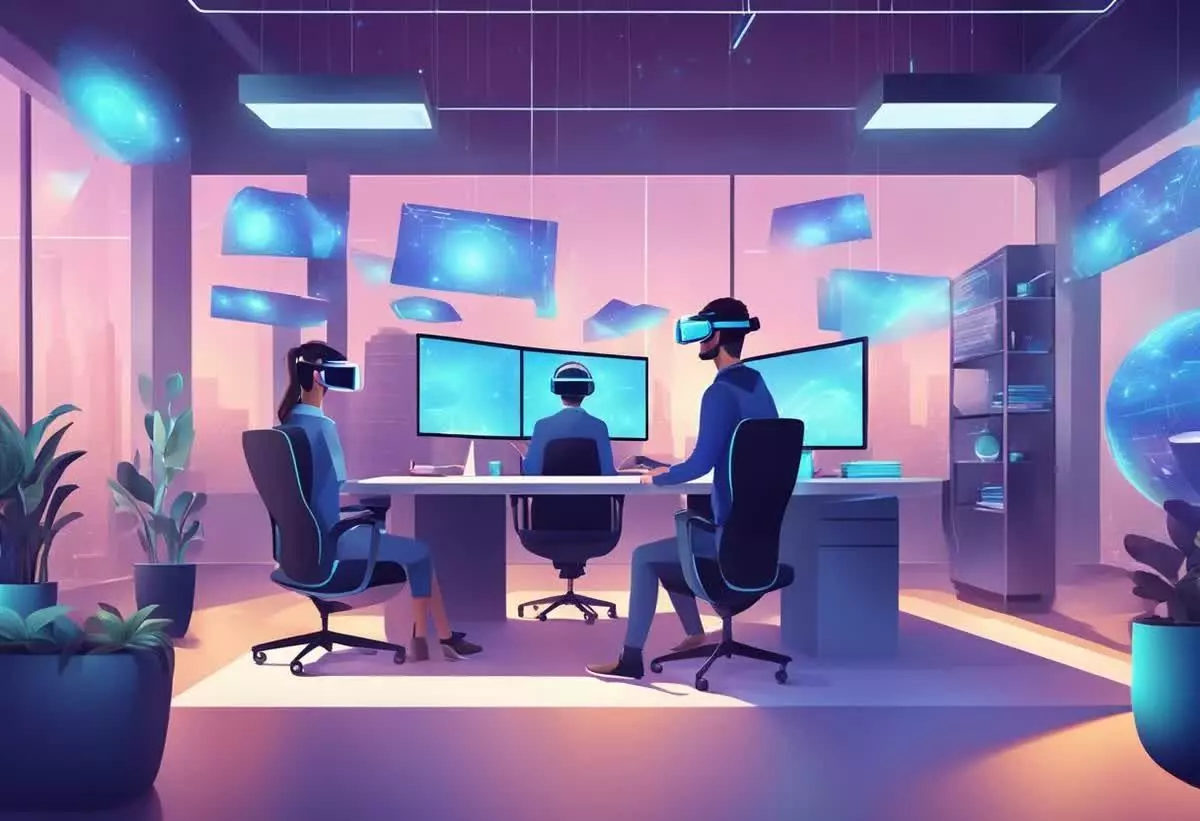 AR in Everyday Design
AR in Everyday Design
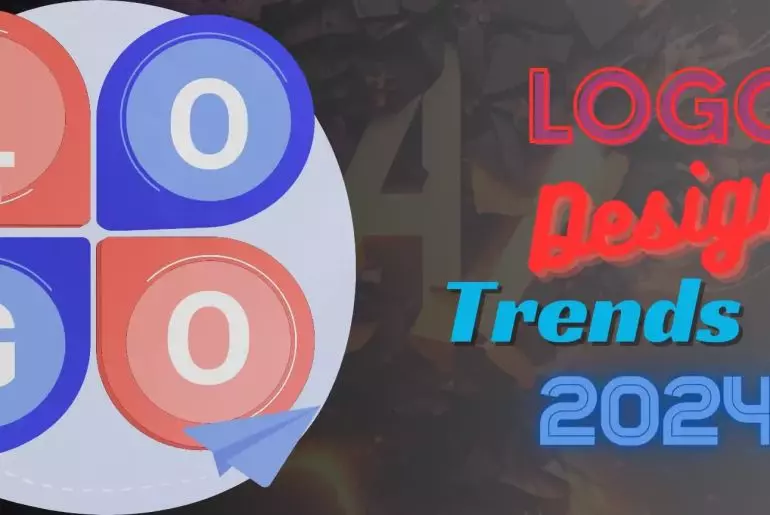
Comments are closed.